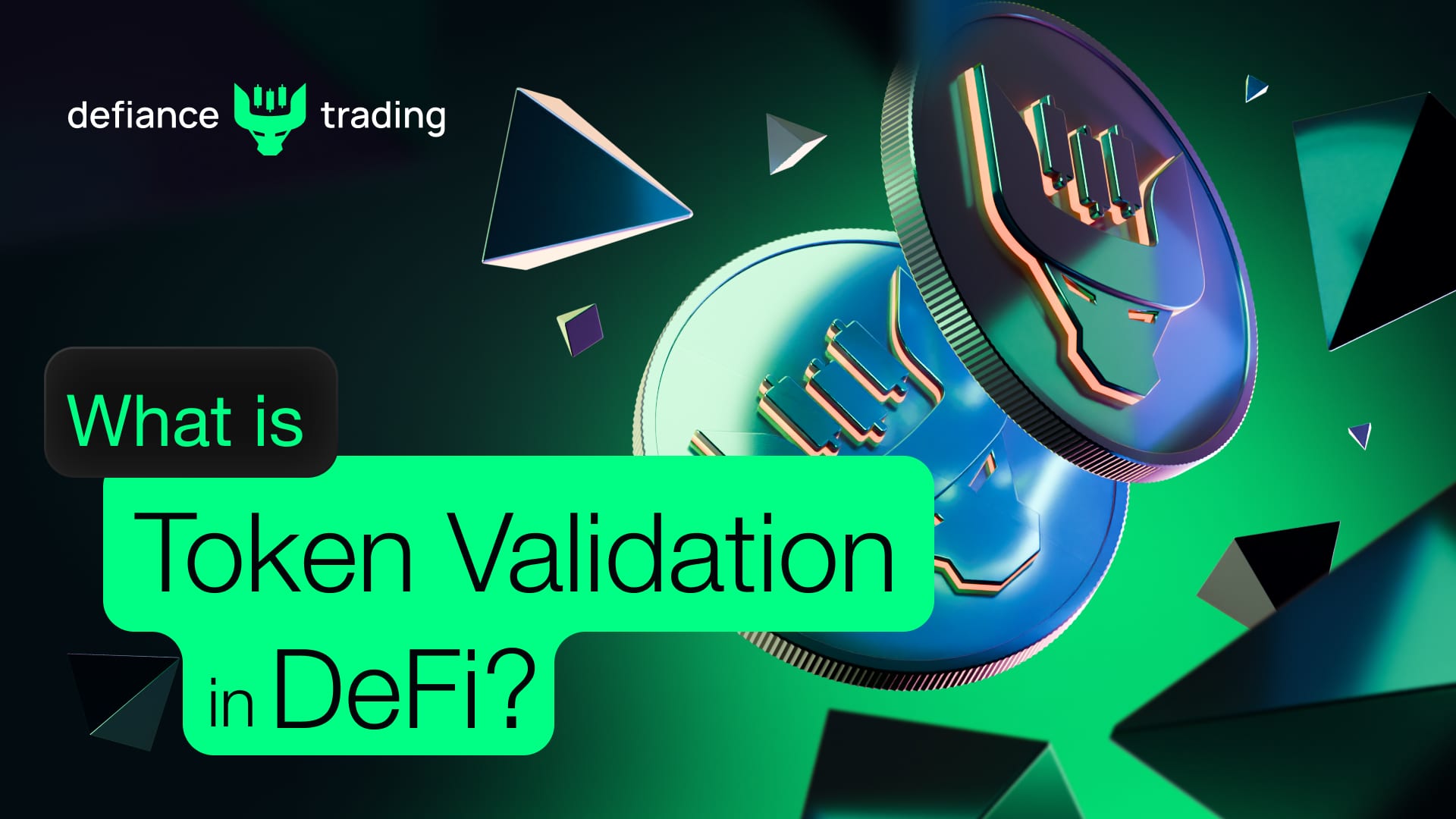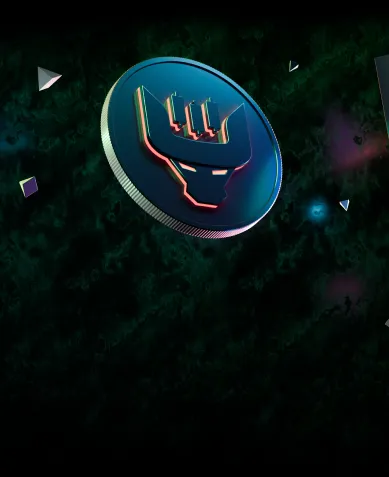What is Token Validation in DeFi?

Cryptocurrencies gained traction as a safe haven for assets. These digital assets stand largely unaffected by the government and commercial banks. Over time, this idea has blossomed in diverse ways, one of which is decentralized finance.
Today, you can lend, borrow, stake, and trade without standing in line or dealing with an unfriendly cashier. DeFi relies on blockchain technology, a digital record-keeping system. Its workings rely on smart contracts—these computer programs stored on the blockchain that run automatically when predetermined conditions are met. Decentralized finance handled over 16.1 trillion dollars in 2024, and this figure will only increase.
However, smart contracts present their risks. Without a central authority to watch operations, hackers have a field day finding loopholes. Last year, crypto-related scams cost up to 2 billion dollars with DeFi thefts taking the lead. Since perpetrators can stay anonymous, it is nearly impossible to recover stolen funds.
A recent trick is creating false tokens. A fishy token can mimic a legitimate one perfectly and deceive unsuspecting users. Others can start from scratch with generic marketing and sway everybody. Alas, one wallet (a unique digital address where cryptocurrencies are stored) holds 40% of the token supply!
In this article, we will explore token validation in DeFi, key components of a token subject to validation, and why it matters.
Let’s get started
What is token validation?
Token validation in DeFi is an automated process to verify tokens before approval or swap. It scans data, including mint authority, freeze authority, and liquidity. The token validation system will suggest an appropriate line of action to the user. Other details worth checking include holders’ distribution and its changes. A sudden whale dump can indicate insider trading, privileged information that gives an advantage to some individuals
A very powerful validation even looks beyond logic and dives into code. Some are capable of tracing redeployed code used to create tokens similar to pre-existing ones. They pick on suspicious token tickers and other common false appearances in DeFi. Token validation in DeFi saves users from the grueling task of auditing every interesting token. This process runs before you press the button that puts your funds at risk. The result presents clarity for your DeFi decisions.
Key components of tokens under scrutiny
Token validation in DeFi is worth its salt when it can touch on these key features surrounding the nature of tokens:
Holder distribution
If tokens are unduly concentrated in a few wallets, known as whales , that’s your cue to steer clear. For instance, three wallets hold 20% each of the token distribution. These statistics put the token’s future in a few hands. It opens the doors wide for token manipulation. A proper token system investigates the distribution mechanism and helps you to avoid this familiar trick.
Honeypot tendency
Imagine finding your funds locked, but you don’t remember choosing to lock them. Too bad, you’ve landed in a Honeypot. This token trap allows you to buy but not to sell. A tweak in the contract code freezes all inflows, and people are lured with fake hype and enviable price movement. Everything looks right till you realize the jig is up and it’s too late.
Creating a honeypot involves exploiting solidity to embed unsavory logic in the token contract. It benefits the scammers by incurring breakneck sales tax, blacklisting buy wallets, overriding sell functions (sparing only the executor). A system for token validation in DeFi can flag excessive taxes and non-existent sell functions.
Deployer reputation
Although everybody stays anonymous, wallet addresses remain forms of identification. Through it, some people develop their reputation. When all is said, credibility is the name of the game. A token validation system can research previous token launches from an address and find patterns. It checks previous token performance and projects a prognosis for the latest token. Checking the deployer’s reputation is another pointer to token credibility.
Token ticker
The token ticker can imitate that of a reputable token. Whoever is behind the fake token knows lots of people will buy it unaware. In a matter of minutes, all funds going into the wrong ticker vanish. A validation system can compare and contrast similar tickers and present the token mint date to potential investors. Give an example.
Liquidity
Another key thing to investigate is liquidity lock. When a developer has a token up and running, they have 100% percent ownership. Some developers unlock liquidity with inflows. Others wait till a strategic period. The rest are completely mute about the unlock plans. Trusting a project without reviewing liquidity locks is like leaving a cookie jar and expecting it to remain untouched.
Liquidity locks protect projects from losing investor confidence and suffering panic sales. On the flipside, investors are left helpless and unable to respond to market changes as desired. A token validation system can decipher the liquidity status to assist investors in decision-making.
Why does token validation in DeFi matter?
Better experience for users
Token validation in DeFi enhances the experience for all players in decentralized finance, ensuring that people can enjoy blockchain technology without stress and fear. It is especially a welcome development for newcomers. An incident-free first experience wins another return user for this side of the internet.
Increased liquidity
Exchanges benefit from token validation as real tokens draw more liquidity to their platforms. Users prefer an environment where they are less likely to lose money. The presence of verifiable tokens helps exchanges maintain good regulatory records and boost their reputations as a trusted space to trade.
Building confidence
When a token is legitimate and serves its intended purpose, wallets secure a win. There’s confidence that they are interacting with the correct blockchain networks and resources, focusing on following up authentic transactions with lower risks of failures and fake declines.
Conclusion
Token validation in DeFi is similar to two-factor authentication in a traditional setting. You want to do a credit card transaction for online shopping. To be sure it is you, your bank sends a code to your cell phone or email. With tokens, the validation system cues in when you want to swap, stake, or buy. It runs a background check on key areas of a token from the developer’s history to liquidity flow. The user gets a report to guide their next step.
With this recent development, users can focus on enjoying seamless financial activities.
For more insights, kindly visit our WEBSITE today!
Ready to Defy the Odds?
Become part of a growing movement
